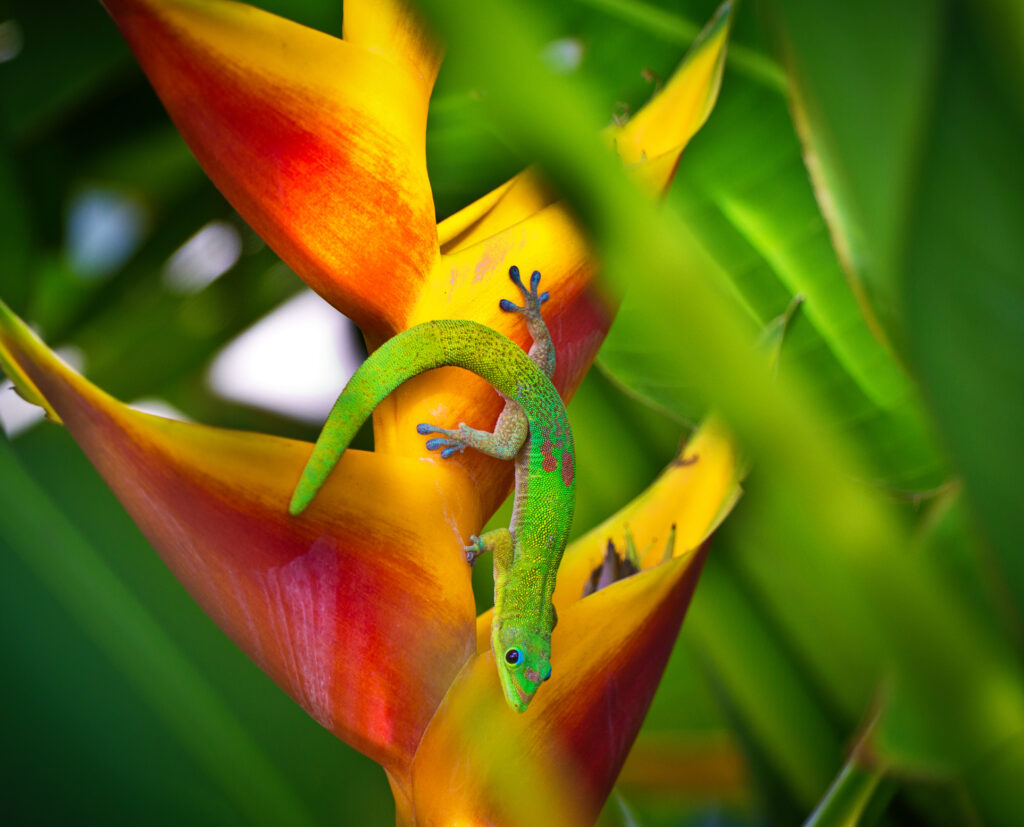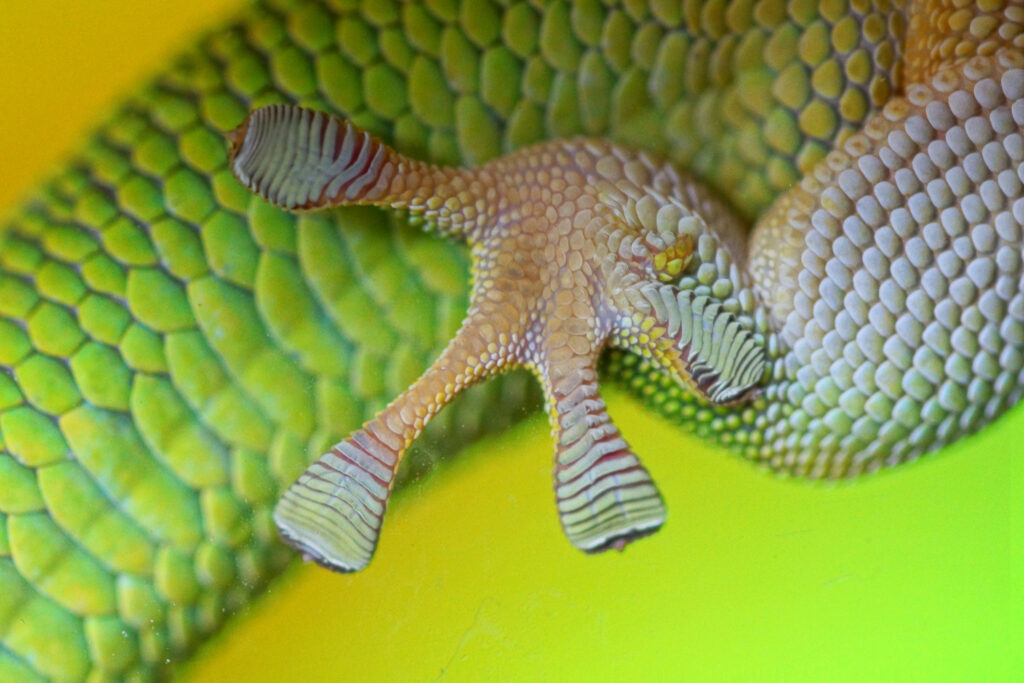Reptiles are a fascinating group of animals, with a plethora of species that leave us awestruck. Among these, geckos stand out as a group that are some of the most intriguing and standout among other lizards. Are geckos a type of lizard, or do they possess unique characteristics that set them apart? In this blog, we’ll unravel the mystery surrounding geckos, delving into their distinctive traits and answering the question: Is a gecko truly a lizard?
What is a Lizard?
To understand the relationship between geckos and lizards, let’s first define what a lizard is. Lizards, belonging to the Squamata order, are characterised by four legs, a long tail, external ear openings, and movable eyelids. This truly diverse group includes well-known species such as chameleons, iguanas, bearded dragons, and, of course, geckos. With this foundation, we can now embark on a closer examination of geckos themselves.
What is a Gecko?
Geckos, members of the Gekkonidae family, are indeed a type of lizard. What sets geckos apart is their incredible diversity, boasting over 1,500 distinct species, making them one of the most species-rich lizard groups.
Characteristics of a Gecko
Geckos showcase a distinctive set of features that make them easily distinguishable. Typically small with stubby bodies, large heads, and prominent limbs, they display a range of colors from browns and greys to more vibrant hues, helping them blend seamlessly into their environments. Noteworthy is the fact that geckos possess around 100 teeth, a set that is replaced every 3-4 months. Additionally, geckos are primarily nocturnal creatures, exhibiting behaviors adapted to the darkness of the night.
What’s So Special about a Gecko’s Tail?

Geckos are renowned for their incredibly unique tail which is a key aspect when identifying a gecko from another lizard. But what exactly makes it so special, beyond its uncommon shape.
When faced with a predator, a gecko can detach its tail, enabling a quick escape. Remarkably, this process incurs minimal damage to the rest of its body. But that’s only half the story! What’s even more impressive is the gecko’s ability to regrow its tail over time.
The tail serves as a reservoir for storing fat and nutrients, providing a vital resource during times when food sources are scarce.
Tails are not merely functional but also play a role in communication. Male geckos, in particular, use tail vibrations to attract females, showcasing the versatile nature of this appendage.
The tail serves as a crucial element for balancing weight, especially when navigating diverse terrains or engaging in agile movements.
Fun Facts about Geckos
Geckos are not just ordinary lizards; they come with a myriad of fascinating facts that elevate their charm in the reptilian world.
- The oldest known gecko fossil has been traced back to approximately 100 million years, a testament to their enduring presence on Earth and ability to adapt to a multitude of environmental factors.
- Geckos boast sophisticated vocal systems, equipped with vocal cords that enable them to bark or chirp when necessary, this is a feature completely unique to geckos. No other types of lizards have vocal cords.
- Thanks to special toe pads that have thousands of hair-like structures called setae, geckos can stick to virtually any surface even upside down! Other animals that have setae include insects and other arthropods.

- Most geckos are without eyelids, meaning that they must lick their eyes to keep them clean and moist. This quirky behaviour is both amusing and essential for the health of their eyes.
So, the question of geckos being lizards is resolved with a resounding “yes.” Geckos, with their rich diversity, unique characteristics, and astonishing adaptability, stand as a testament to the wonders that are found in the world of reptiles. Don’t forget to book your tickets today and come see the likes of our Yellow Headed Day gecko, along with many other creatures, in our Frog Zone exhibit!